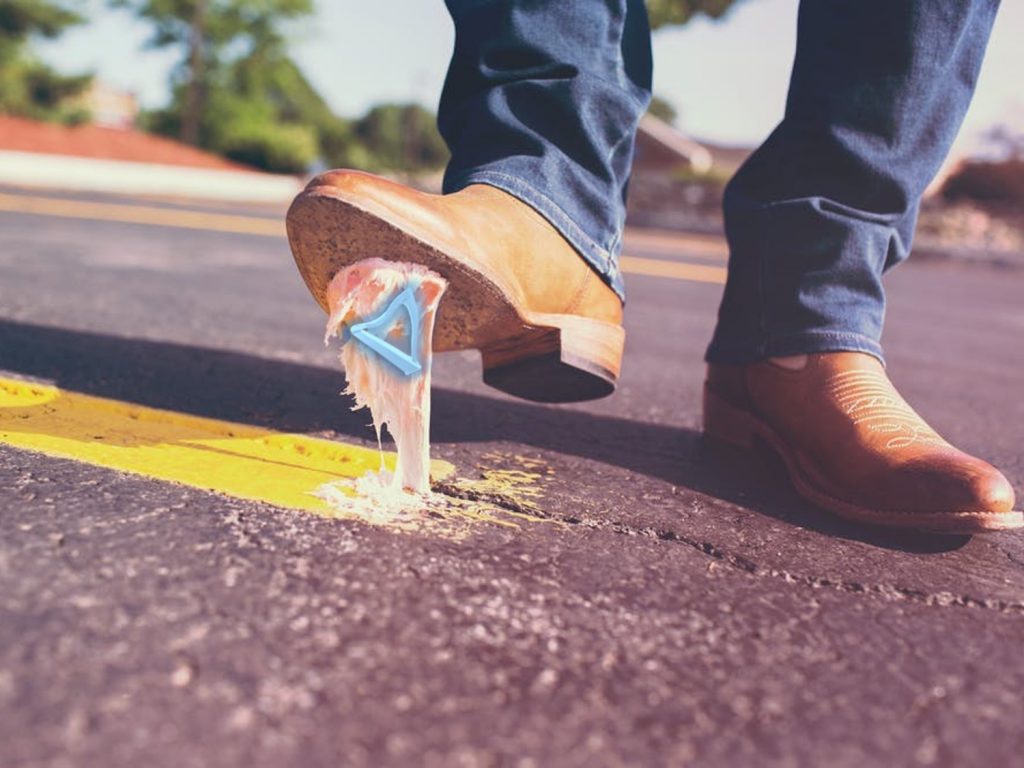One of the best things about teaching is how much you learn from your students. I’ve told you that before and it only becomes more true with each passing day.
Another thing I’m always going on about is practicing. Of course you need to practice. You know that. You know you need to practice most every day. The more you practice, the better you’ll play – you’ll know more, you’ll be more confident, and you’ll just have more to show for your time.
Duh.
But then I have a student say something really profound in its simplicity. And I realize I have to tell you more.
 My student and I were talking about “old stuff”. The stuff she knows. The stuff she didn’t really practice any more. Tunes she knows, maybe even loves, but have fallen by the wayside of her mind/list/index card library. The stuff is dying in her repertoire. She was struggling to figure out how to keep those tunes from dying! You have probably also had this experience.
My student and I were talking about “old stuff”. The stuff she knows. The stuff she didn’t really practice any more. Tunes she knows, maybe even loves, but have fallen by the wayside of her mind/list/index card library. The stuff is dying in her repertoire. She was struggling to figure out how to keep those tunes from dying! You have probably also had this experience.
What? How should you structure your practice?
You already know that the longer something you have learned sits, the less well it’s going to go when you give it a dust off. You might be able to pull it out of your head, buy you’re likely to be unimpressed. Or (in my opinion, worse) it’s brilliant…the first time. But when you play it again immediately after, it’s a nightmare! So discouraging.
But if you spend all your time practicing your old stuff, you won’t have time to practice your new stuff. You’ll be stuck. Ugh. How are you ever supposed to move on?
Well, the path forward is through practice. (You knew I would say that).
We often talk about practicing – but we focus on the daily level – the simple, day to day of sitting down, warming up, doing exercise, working through tunes, polishing, and finalizing music before finishing by playing a little something for yourself.
But after you have learned more than about five tunes, this schedule is going to leave you with not nearly enough time to work on every tune based on where in development each tune is.
So you’ll have to go longer each day. Or you can change your focus. Your practice planning will have to expand beyond what you do each day. You will need to think about your practice time across the week. And across the weeks!
Rather than the list we have above, your week plan might include a different focus for each day. That means that while each day holds the basic outline (from warm up to playing for you), the “work” part in the middle of the practice might have a specific concentration. Some examples –
- Monday Musing – make sure your plan for the week fits what you’d like to work on just then
- Tuesday Technique – you know the little bad habits sneak up on you, this day helps conquer that
- Wednesday Work – focus on really working the tunes so you identify the fingering, rhythm, etc you need to work on
- Thursday Throughplay – play through all your old tunes (you don’t have to save this for the weekend!)
- Friday Furbish – take a day to burnish the tunes that are nearly there
- Saturday Survey – assess what you’ve worked on and tweak things from the week that might need a little more time and attention
- Sunday Sport and Merry-making – you need to have one day that you just play for fun!
This is just a set of suggestions. You know where you want to go, so build your map for you. Taking this wider view of your practice may help you to be proactive while learning.
Of course, you probably also have your sights set higher. If you’re in a development phase (for instance), you might need to think even wider and build a collection of weeks. But this week’s suggestion will work just fine for learning new tunes to increase your repertoire and help you keep your tunes in your hands.
How would you structure your week? Let me know in the comments!








